T4K3.news
Frankenbunnies in Colorado raise wildlife health questions
Rabbits in Fort Collins show CRPV head growths; experts say no human risk but guide pet owners to keep domestic rabbits away from wildlife.
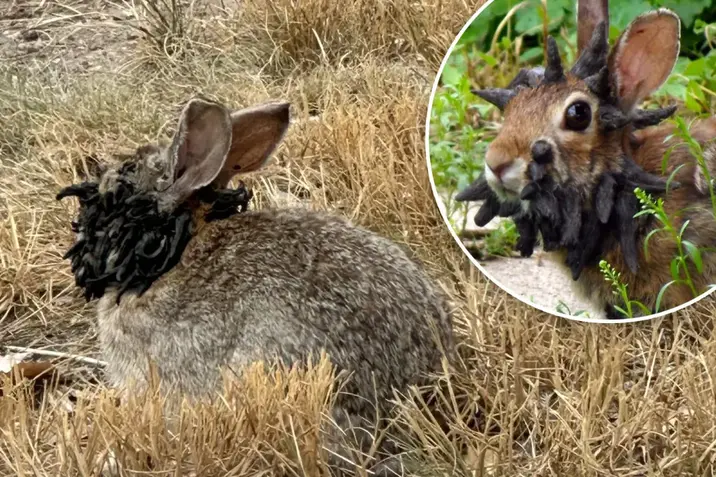
A rabbit virus causes black head growths in wild cottontails, prompting safety guidance while clarifying human risk.
Frankenbunnies with head spikes invade US
In Fort Collins, Colorado, residents report wild rabbits with black tentacle like growths on their heads. The condition is cottontail papilloma virus, also called Shope papilloma virus, and it spreads through bites from fleas and ticks. The illness mainly appears in warm months and does not appear to infect humans or pets.
Historically most cases occur in the Midwest, with reports dating back to 2013 in Minnesota. Domestic rabbits can suffer more severe outcomes, including potential skin cancer. There is no cure for CRPV, but veterinarians can surgically remove growths before they become malignant. Officials caution people to avoid handling infected rabbits and to keep pet rabbits away from wild ones.
Key Takeaways
"It is not known to infect humans or pets"
Colorado Parks and Wildlife clarifies public health risk
"Veterinarians can surgically remove growths before they become malignant"
Treatment option guidance
"Domestic rabbits face greater risk of cancer from this virus"
Domestic animals affected more severely
"Not a threat to public health but a real wildlife problem"
Public health vs wildlife impact
The piece blends science with folklore and shows how a medical condition can become online folklore when a strange animal is given a monster name. The framing invites curiosity, but it also risks amplifying fear about wildlife.
The article highlights the need for clear, practical guidance for owners of pet rabbits and for communities that share space with wildlife. It also points to a broader pattern: even when human risk is low, animal health stories can spark concern about pets, livestock, and local ecosystems. Responsible communication matters as data and images circulate online.
Highlights
- Nature holds a few scary surprises under its fur
- A tiny virus, a big warning about wildlife and care
- Facts beat fear when it comes to strange rabbits
- Protect your pets by staying informed not alarmed
Wildlife disease topic may trigger public concern
The story describes a wildlife illness with no human risk but potential pet and ecosystem concerns. Misinformation risk exists if sensational terms spread before official guidance is widely read.
Ongoing monitoring will reveal whether this remains a seasonal anomaly or a longer term wildlife health issue.
Enjoyed this? Let your friends know!
Related News

Unusual rabbits in Fort Collins prompt health guidance
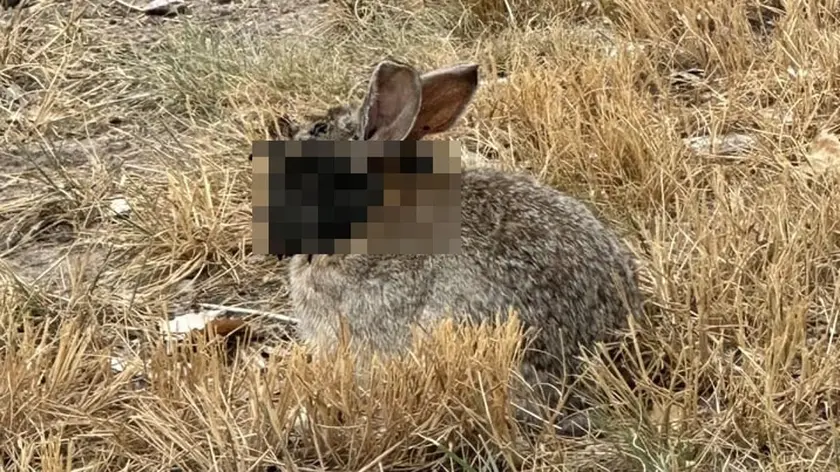
Frankenstein rabbits spotted in Colorado

CRPV in US Rabbits Sparks Public Concern
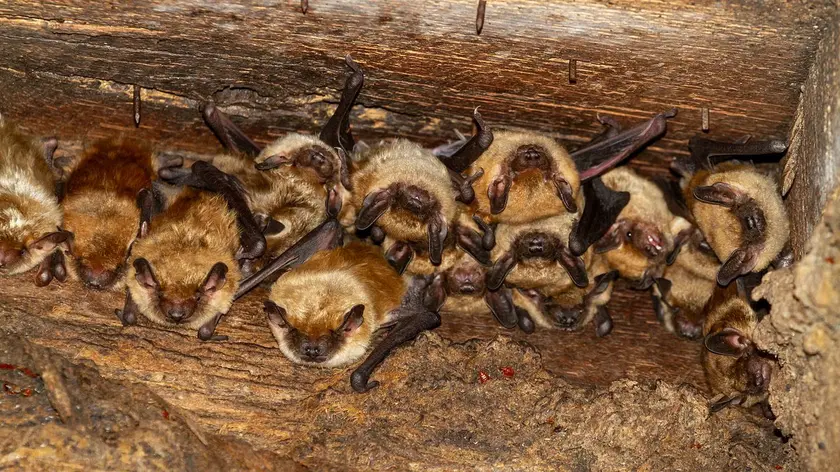
Rabies exposure investigation at Grand Teton lodge
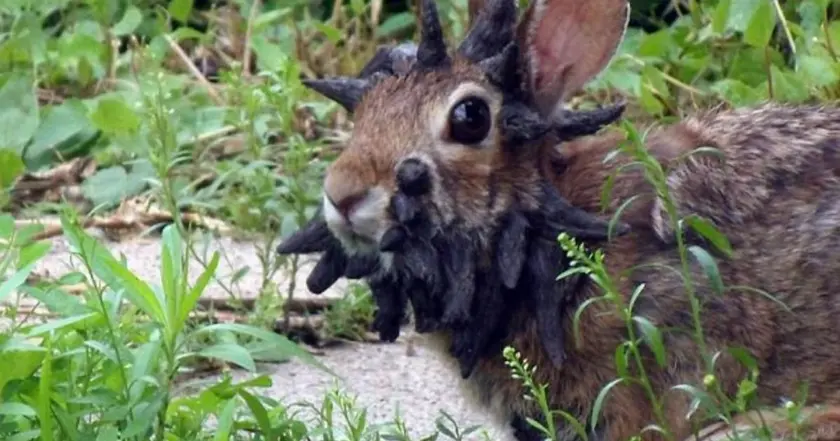
Virus turns CO rabbits into horned Frankenbunnies
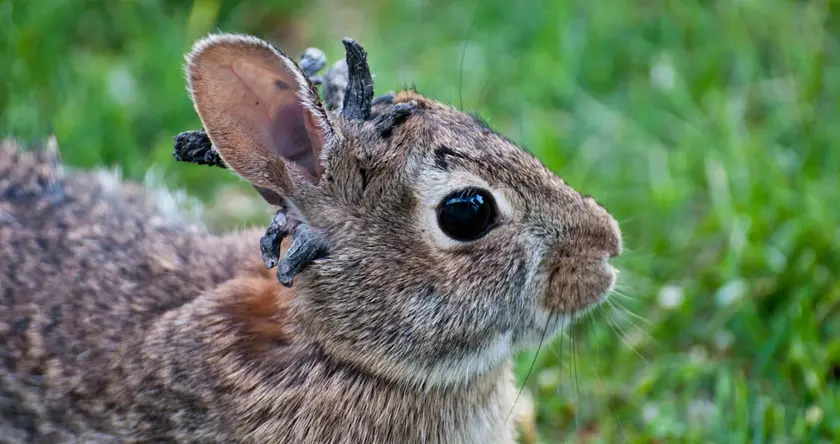
Wildlife health update from Colorado

Frankenstein bunnies spotted in Colorado
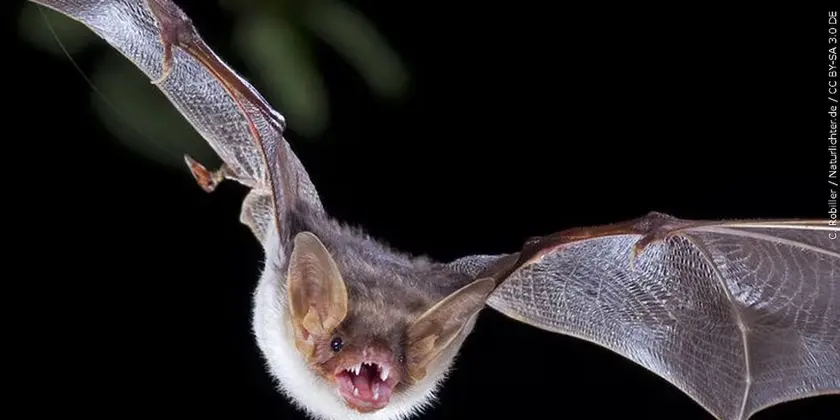
Bat found in Colorado Springs tests positive for rabies
